6 poisonous plants to avoid on your next camping trip
Give these six plants a wide berth if you want to avoid skin rashes, tummy troubles and breathing problems on your next camping trip
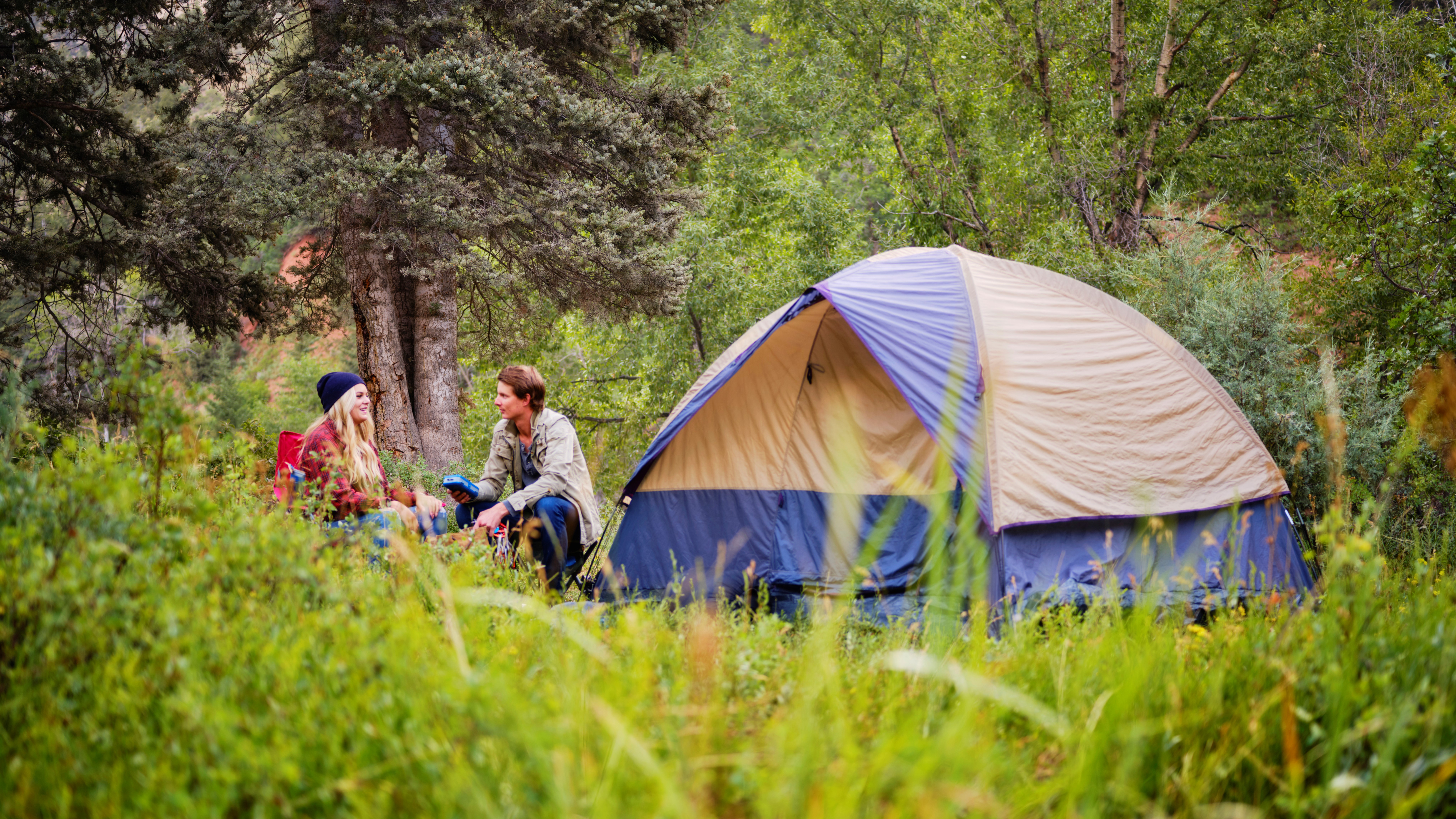
Camping trips bring just about the most fun you can possibly have outdoors, but they come with a whole host of hazards that you never have to think about at home. I’ve had more than one bear romping around my campsite at night in Colorado in search of a midnight feast (fortunately the grub was always well-hidden in a bear bag or bear canister), seen a couple of unpleasant burns on friends who got too close to a popping campfire, and then there’s my friend Maggie who famously had a bug crawl inside her ear when she was snoring away in her sleeping bag. There’s a lot out to get you in the wild and a lot of perils actually appear quite innocuous compared to the menaces of a hungry mountain lion.
Case in point, poisonous plants. There are plenty of plants that you need to give a wide berth if you want to avoid skin rashes, tummy troubles and breathing problems. In this article, we look at six poisonous plants to avoid on your next camping trip and explain how to identify them, where they’re found and what the dangers are. We’re assuming you know not to eat any plants in the wild that you don’t know for sure are safe, but many of these can cause you issues just by brushing up against them, while some are a terrible idea for burning in your campfire, so read on to learn exactly what botanical perils you need to be on the lookout for.
Poison ivy
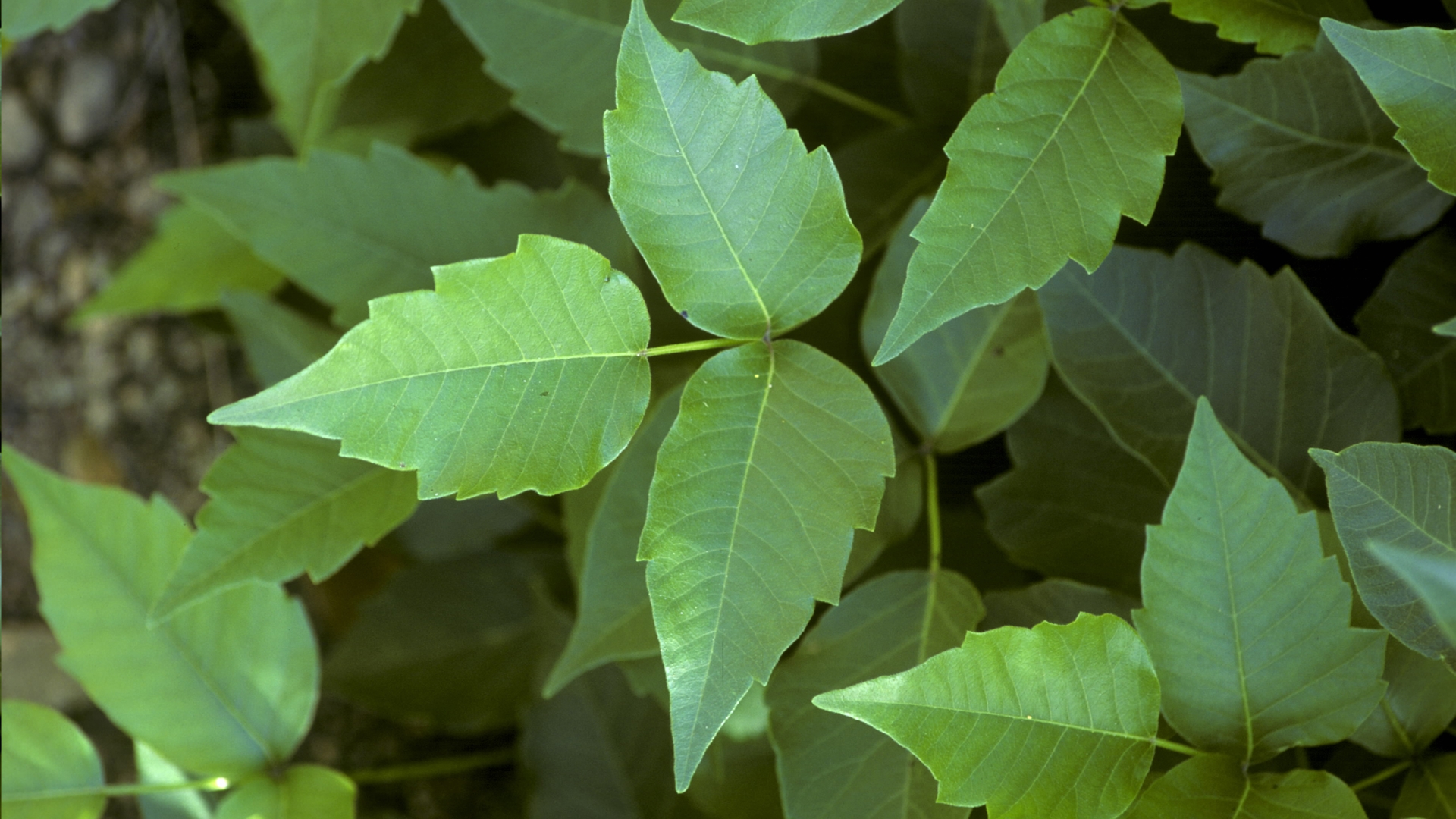
If you grew up in the US, you’ll be no stranger to watching out for poison ivy during your outdoor romps, but if you're visiting, make sure to study up on this perilous plant. Poison ivy is a flowering sub-species of poison oak which grows as vines or low shrubs giving it the name “ivy” but in fact it is a member of the cashew and pistachio family of plants. It contains an oily mixture of organic compounds known collectively as urushiol, which causes a nasty rash upon contact in most individuals.
While touching any part of the plant directly is the most common way to end up with a painful poison ivy rash, the oil can also transfer onto your skin via clothing, shoes and camping equipment that have been in contact with it, as well as your dog’s fur, and it can be spread and worsened by rubbing the affected area. Poison ivy is most commonly found along rivers, lake shores and near beaches, and you should be on the lookout for leaves of three with a hairy vine when setting up your tent. Read more on how to avoid and treat poison ivy in the wild.
Poison oak
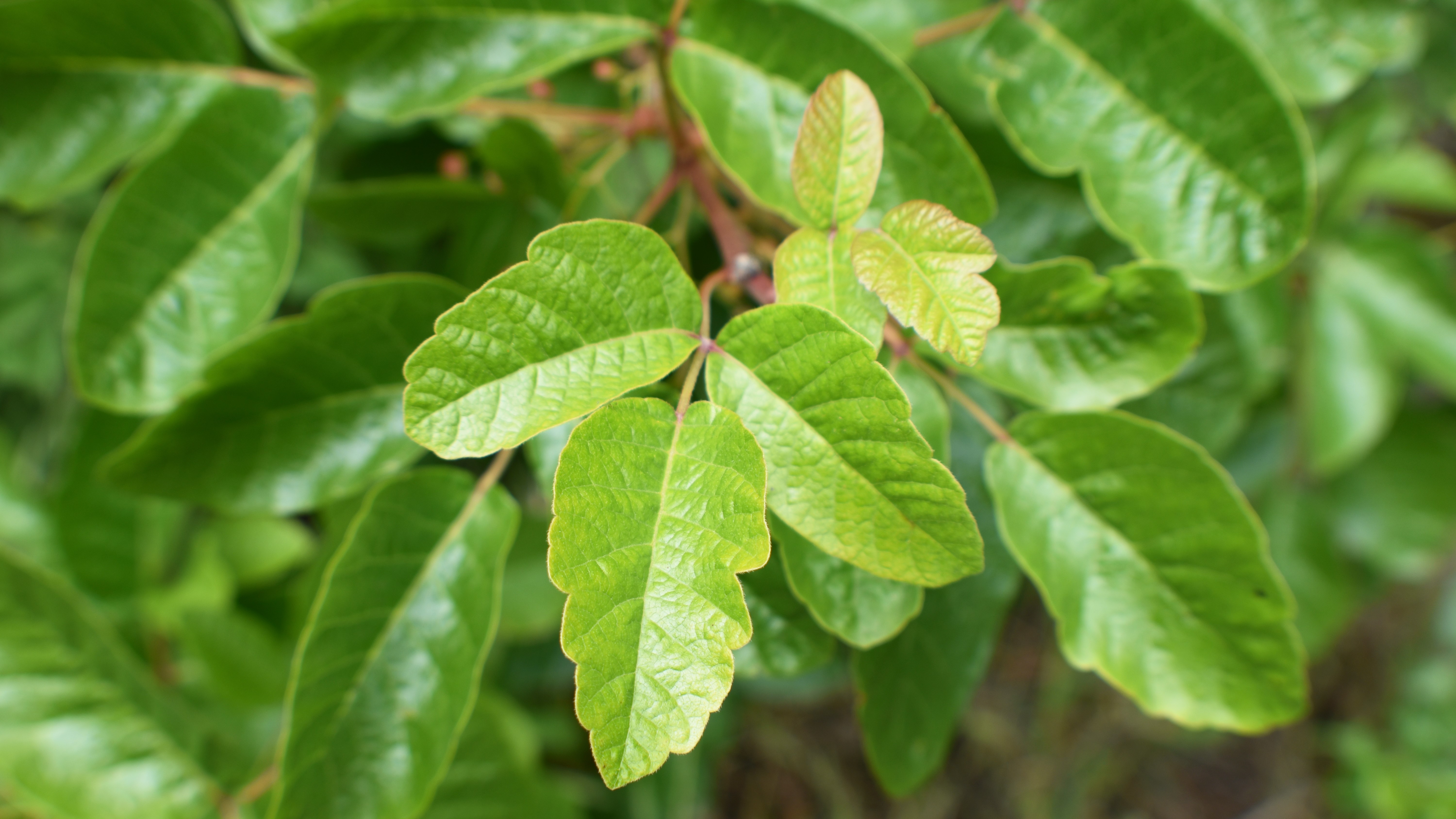
Poison oak shares a few similarities with poison ivy: it comes in leaves of three, it contains the rash-causing compound urushiol and should be avoided at all costs. It isn’t, however, as widespread as poison oak, and is mainly found in the south eastern and western US, so if you’re camping in the midwest, you’re off the hook. Its leaves also look more like oak leaves than ivy, with rounded leaves of three, though confusingly, it grows as a low shrub in the south east, but as a long vine or tall clump on the west coast.
Upon contact with poison oak, most people will develop a rash within three days, though if you’ve had poison oak before and developed some immunity, it may take a couple of weeks for the rash to develop. Another element that makes poison oak especially dangerous to campers is that if you accidentally throw it in the campfire, the smoke can cause serious respiratory distress. If you’re camping in a poison oak state, take extra care pitching your tent in grasslands, wooded areas and around coastal shrubs, and know exactly what you’re putting in your campfire.
Poison sumac
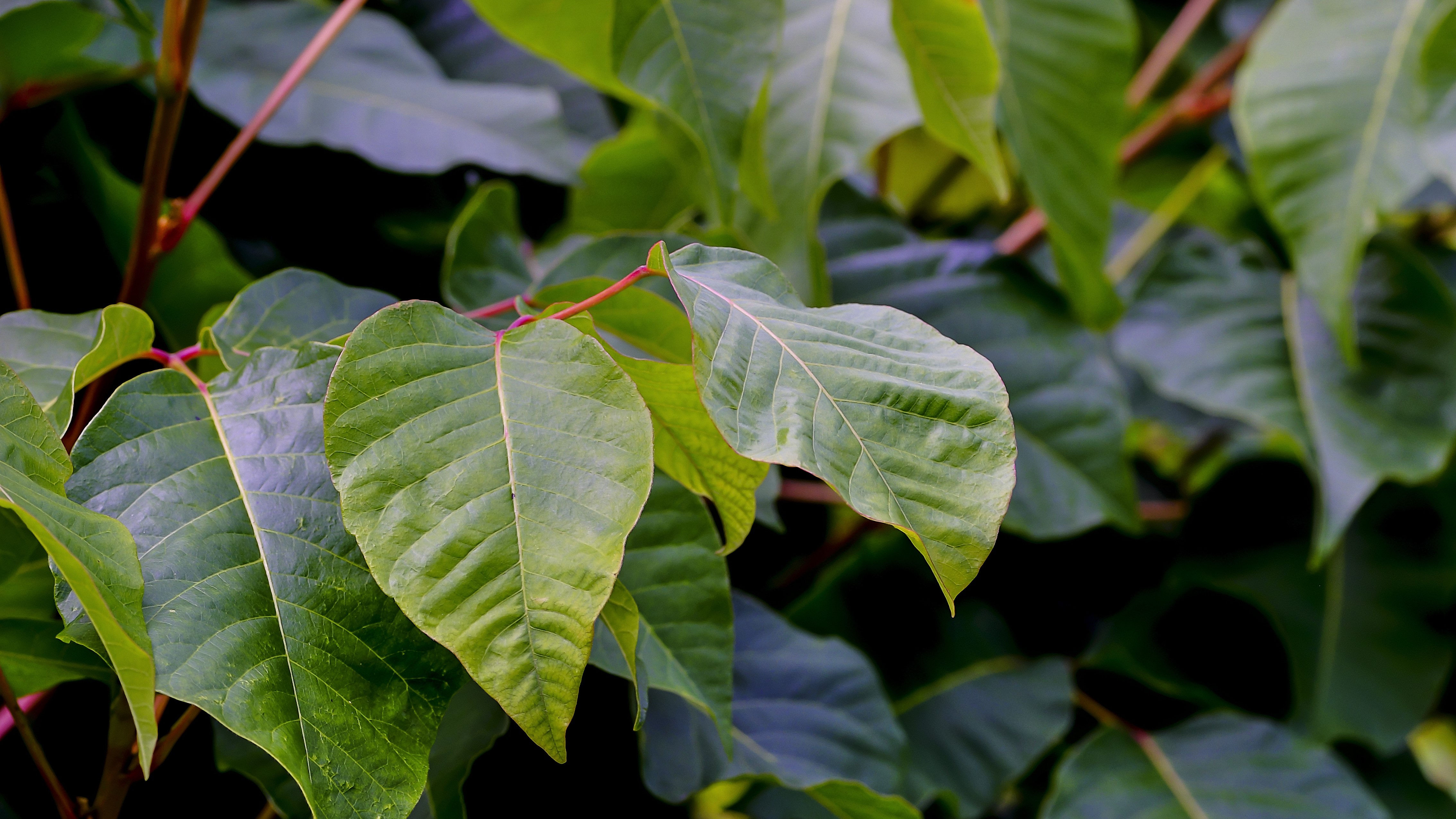
Poison sumac contains the same irritating resin as its relatives poison oak and poison ivy, but it’s even more toxic. This plant grows as a small tree or shrub that can reach up to 30 feet in height. It has stems with seven to 13 small, green leaflets and clusters of white berries. It thrives in wet soil, so take care in marshy areas or near rivers in the eastern US. The plant grows in a wide arc from Minnesota all the way to west Texas covering the entire east coast.
Advnture Newsletter
All the latest inspiration, tips and guides to help you plan your next Advnture!
Every part of this plant contains urushiol, not just the leaves, so it’s important to keep your distance when camping, and it’s another one that can cause severe respiratory distress – even pulmonary edema – when it’s burned, so bring a camping axe and chop your own firewood from identified trees rather than just gathering scraps.
Stinging nettle
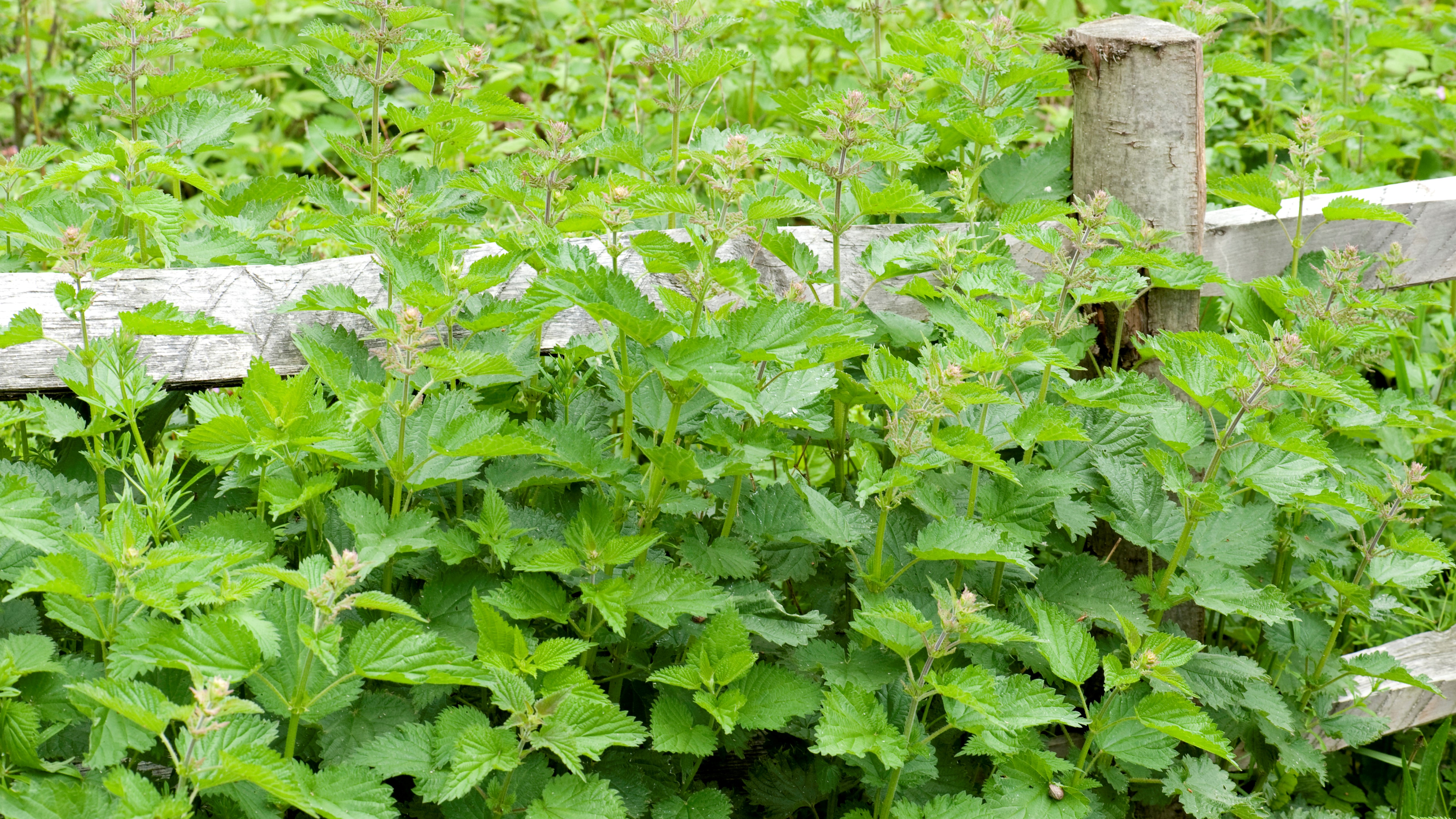
If you live in the UK and you’ve got this far, you’re probably thinking you’re quite safe from poisonous plants, but you’ll still have to watch out for stinging nettles, which are widespread in Britain and common in Canada and the US as well, though not all of the ones found in North America cause dermatitis.
Stinging nettle is a flowering herbaceous plant that grows in clumps of leaves on long stalks. The leaves look a bit like large mint leaves, with a tapered end, but they’re covered in tiny hairs and it’s these hairs that inject your skin with histamine and other compounds that cause instant burning and irritation upon brushing up against them. A stinging nettle rash isn’t usually as serious as that of a poison ivy, oak or sumac, and typically settles down within a few minutes or hours, but it can definitely make for an uncomfortable camping trip so avoid wading through a patch of nettles whilst wearing shorts.
Giant hogweed
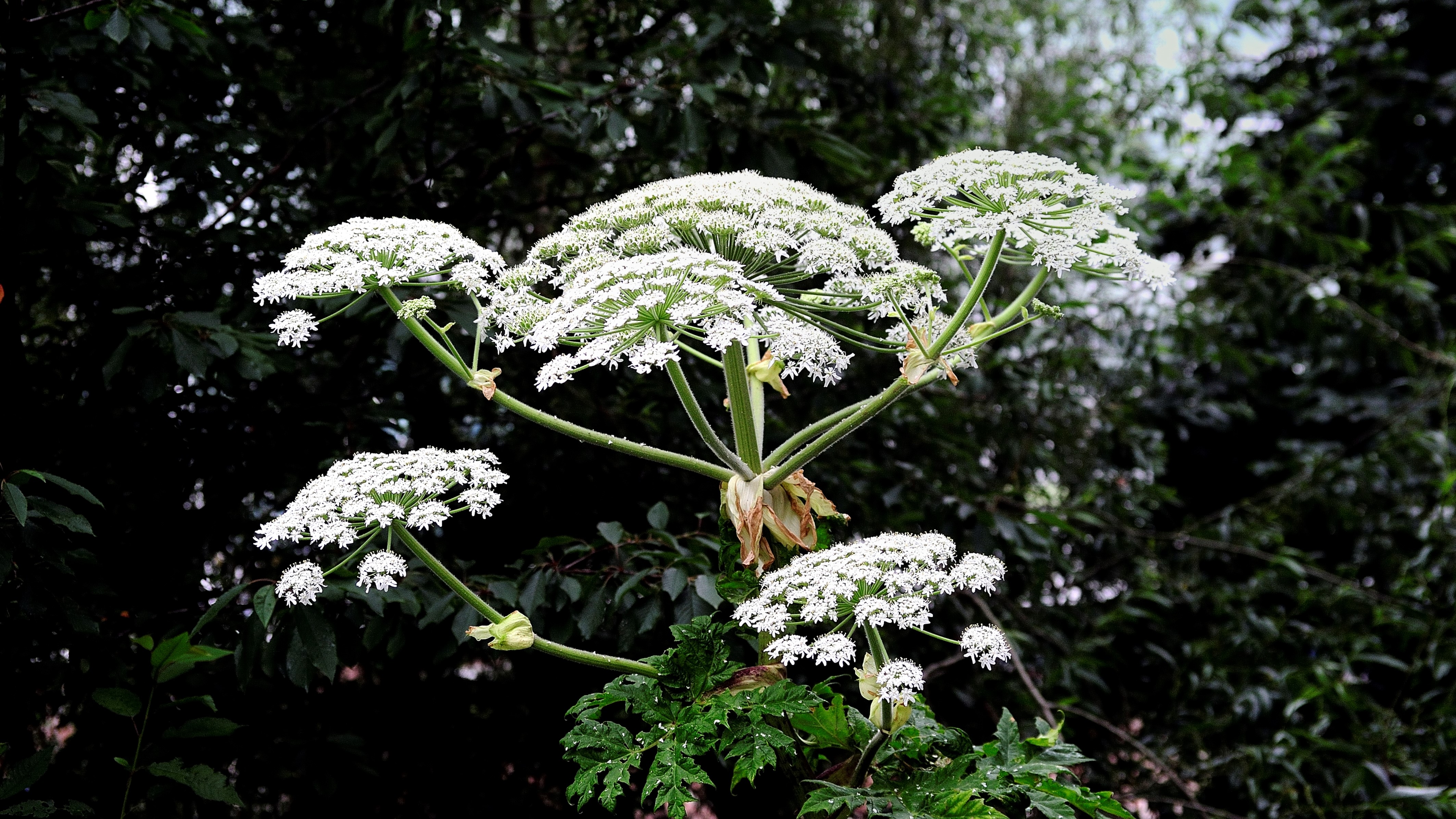
These white flowering plants are found all over the world and are quite pretty, but not to be messed with. Giant hogweed is a member of the carrot family, with tall, thick stems and umbrellas of delicate white flowers, resembling an uncanny likeness to the harmless Queen Anne’s Lace. Don’t be tempted to pick a bunch to spruce up your camp kitchen, however, as its sap is phototoxic, meaning that when it gets into contact with your skin, the affected area then becomes sensitive to light resulting in blisters and scars, otherwise known as phytophotodermatitis. Symptoms usually begin within minutes and can last for hours or days. It’s another plant that prefers moist soil and is highly invasive, but is most commonly found in forests and on riverbanks.
Manchineel tree
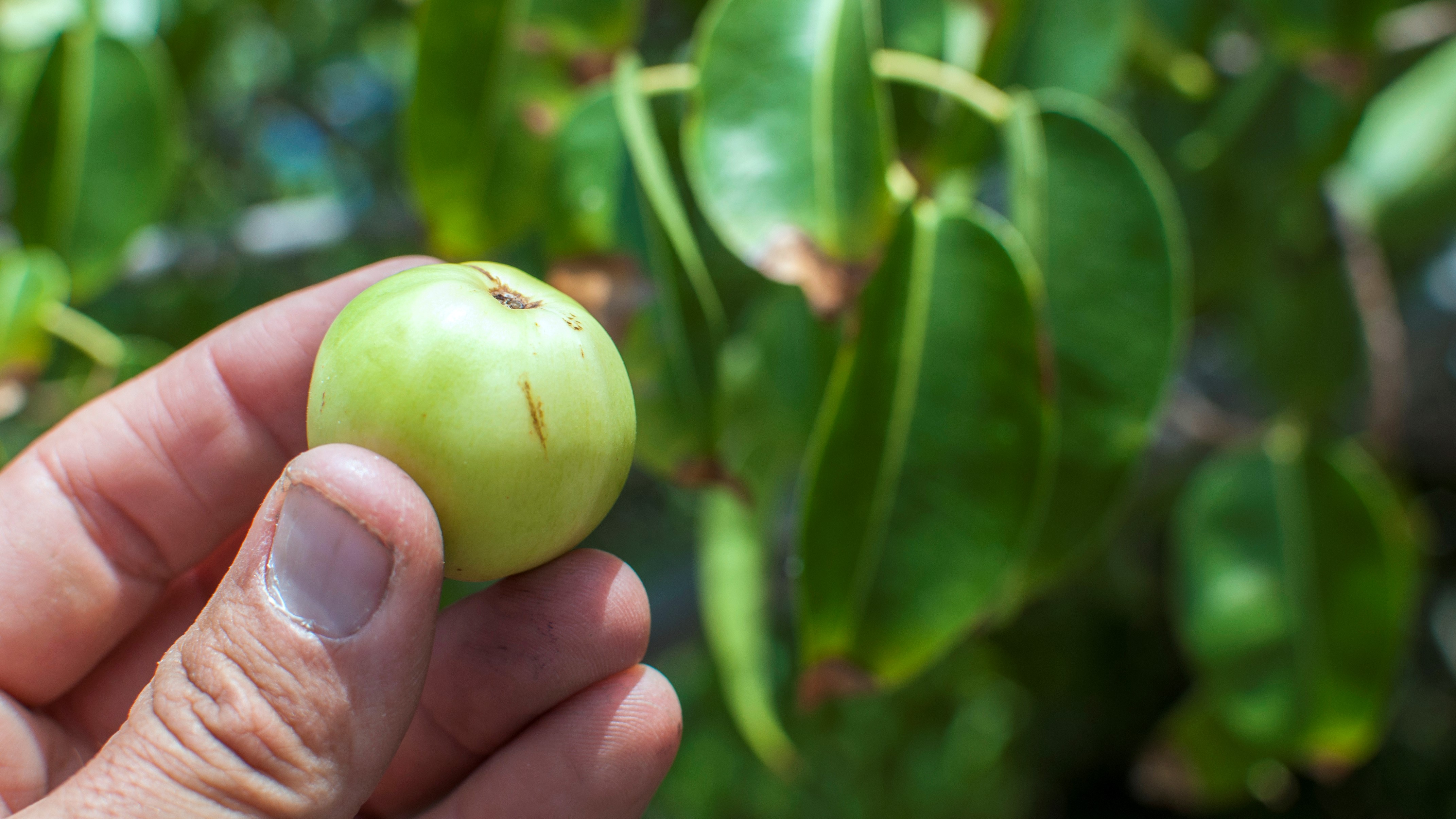
If you’re exploring the Florida everglades, alligators aren’t the only hazard you need to keep your eyes peeled for. The manchineel tree is a tropical tree that bears small apples. These fruits, also known as beach apples, look a bit like green crab apples, but where a bite into a crab apple is usually followed by immediately spitting it out, the fruit of the manchineel is sweet and delicious. To eat it, however, could be a deadly mistake. Though there are no modern recorded instances of anyone dying from eating the fruit, it does cause severe gastroenteritis, bleeding and compromised airways, which radiologist Nicola Strickland recounts in her article for the British Medical Journal.
As if that wasn’t bad enough, the entire tree contains toxic compounds. If you stand underneath one for shelter during a rainstorm, the sap can cause your skin to blister, while burning the wood for a campfire can injure your eyes. Basically, if you’re trekking through the Keys or the Everglades (or the Caribbean or Central America) and you see a tree bearing fruit that looks too good to be true, it is. Stay away.
Julia Clarke is a staff writer for Advnture.com and the author of the book Restorative Yoga for Beginners. She loves to explore mountains on foot, bike, skis and belay and then recover on the the yoga mat. Julia graduated with a degree in journalism in 2004 and spent eight years working as a radio presenter in Kansas City, Vermont, Boston and New York City before discovering the joys of the Rocky Mountains. She then detoured west to Colorado and enjoyed 11 years teaching yoga in Vail before returning to her hometown of Glasgow, Scotland in 2020 to focus on family and writing.

